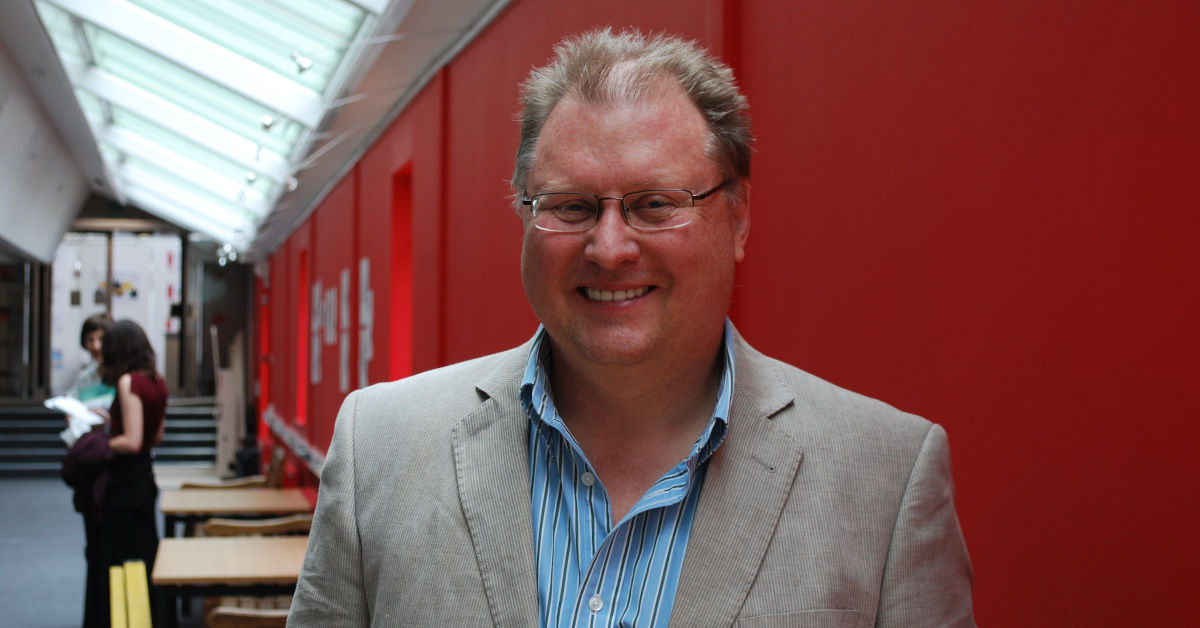Welcome to the fourth episode of the serialisation of this year’s Report and Accounts from Word Forest. If you’ve missed any of the previous episodes, they’re easily available by visiting WordForest.org/news.
This week, Professor Bill McGuire delivers a chilling reality check about global warming and our climate emergency. He also discusses how our vital work across Kenya is helping to limit some of the climate extremes.
The news isn’t good. Since the Industrial Revolution, a couple of centuries back, human activities have added 2.4 trillion tonnes of carbon dioxide to the atmosphere, pushing up concentrations of the gas by 50 percent. The global average temperature rise, as a result, is now at 1.27°C (averaged over the last five years). In order to stay this side of the dangerous climate change guardrail – equated with a temperature rise of 1.5°C – global emissions need to be halved by 2030. The chances of this happening are now vanishingly small, so we must accept the fact that we can no longer dodge deadly, all-pervasive, climate breakdown that will insinuate itself into every aspect of our lives and livelihoods.
But this doesn’t mean it is too late to act. On the contrary, action becomes even more critical. Every tonne of carbon we stop being emitted, and every 0.1°C rise in global temperature we prevent, can help stop dangerous becoming cataclysmic, and increase the chances of leaving a liveable planet to our children and their children.
One positive thing we can do is plant trees – lots of them. A 2019 study reckoned that foresting an area the size of the United States could potentially pull 205 billion tonnes of carbon out of the atmosphere – equivalent to two-thirds of the carbon that humans have pumped out through their activities. The true number could be smaller, but still big enough to significantly draw down atmospheric carbon levels.
Where trees are planted makes a big difference, and for maximum effect the tropics are best. Here, they can reach their maximum size and optimal carbon-absorbing potential more rapidly, leading to carbon sequestration rates that can be as much as 10 times greater than for trees planted at higher latitudes. At the same time, reforestation programmes can also improve the lives and livelihoods of those living in majority world countries through building agroforestry infrastructure.
And this is exactly what marvellous Word Forest is doing in Kenya, where it has just planted its one millionth tree. As our world continues to heat up, however, it is inevitable that extreme weather, arising from a failing climate, is going to make things harder for both the trees and the people who plant and care for them. While Kenya is unlikely to face the lethal humid heat waves capable of killing in six hours, which will plague other parts of the world, increasingly extreme temperatures will still make working outside a real ordeal. On top of this drought and flood are both set to become more common, bringing additional threats to both newly forested areas and communities.
Most worryingly, food supply and security is looking as if it could become a colossal problem. One projection envisages our world needing 50 percent more food by 2050, by which time crop yields could be down by as much as 30 percent. If this worst case is realised, it would mean – on average – a halving of the amount of available food per person – a recipe for widespread civil unrest and societal collapse. African nations, in particular – where food security has long been an issue – will be hit especially hard, and famine is likely to become common-place. An inability to grow and find food is likely, more than any other factor, to drive migration, which is predicted to occur on a scale never seen before, with hundreds of millions – possibly billions – on the move. This, in turn, will promote conflict as those nations on the receiving end will fight to hold onto what they have, and fortify their borders.
But if anything can help alleviate the situation – at least to some extent – it is trees. Research has shown that reforestation increases both evapotranspiration (the total movement of water into the atmosphere from plants, soils and water bodies) and rainfall. Not only can this limit the intensity of dry conditions or drought, thereby giving crops a better chance of survival, but it also reduces the chances of extremely dry months. And as they pull carbon dioxide out of the atmosphere at the same time, it is a win-win situation.
Dangerous climate breakdown is now inevitable, and with a new El Niño set to bring hotter weather globally, it is possible – perhaps even likely – that the global average temperature rise (since pre-industrial times) will touch 1.5°C next year for the first time. We all need to face the fact that adaptation to living on a hotter planet, as individuals, communities and societies, is now vital, and one of the best ways of doing this – whether in Kenya or the UK – is to plant more trees. As Word Forest never tires of pointing out – trees are the key.
Bill McGuire is Professor Emeritus of Geophysical & Climate Hazards at UCL.
His latest book, Hothouse Earth: an Inhabitant’s Guide, is published by Icon Books





